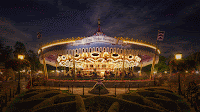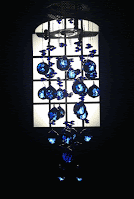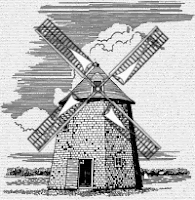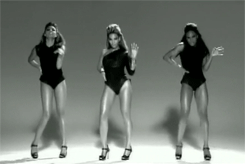One of the objectives of Julien's work is to break down the barriers that exist between different artistic disciplines, drawing from and commenting on film, dance, photography, music, theatre, painting and sculpture, and uniting these to construct a powerfully visual narrative. Thematically, much of his work directly relates to experiences of black and gay identity (he is himself gay), including issues of class, sexuality, and artistic and cultural history. Julien is a documentary filmmaker, and his work in this genre includes BaadAsssss Cinema, a film on the history and influence of blaxploitation cinema.

















































